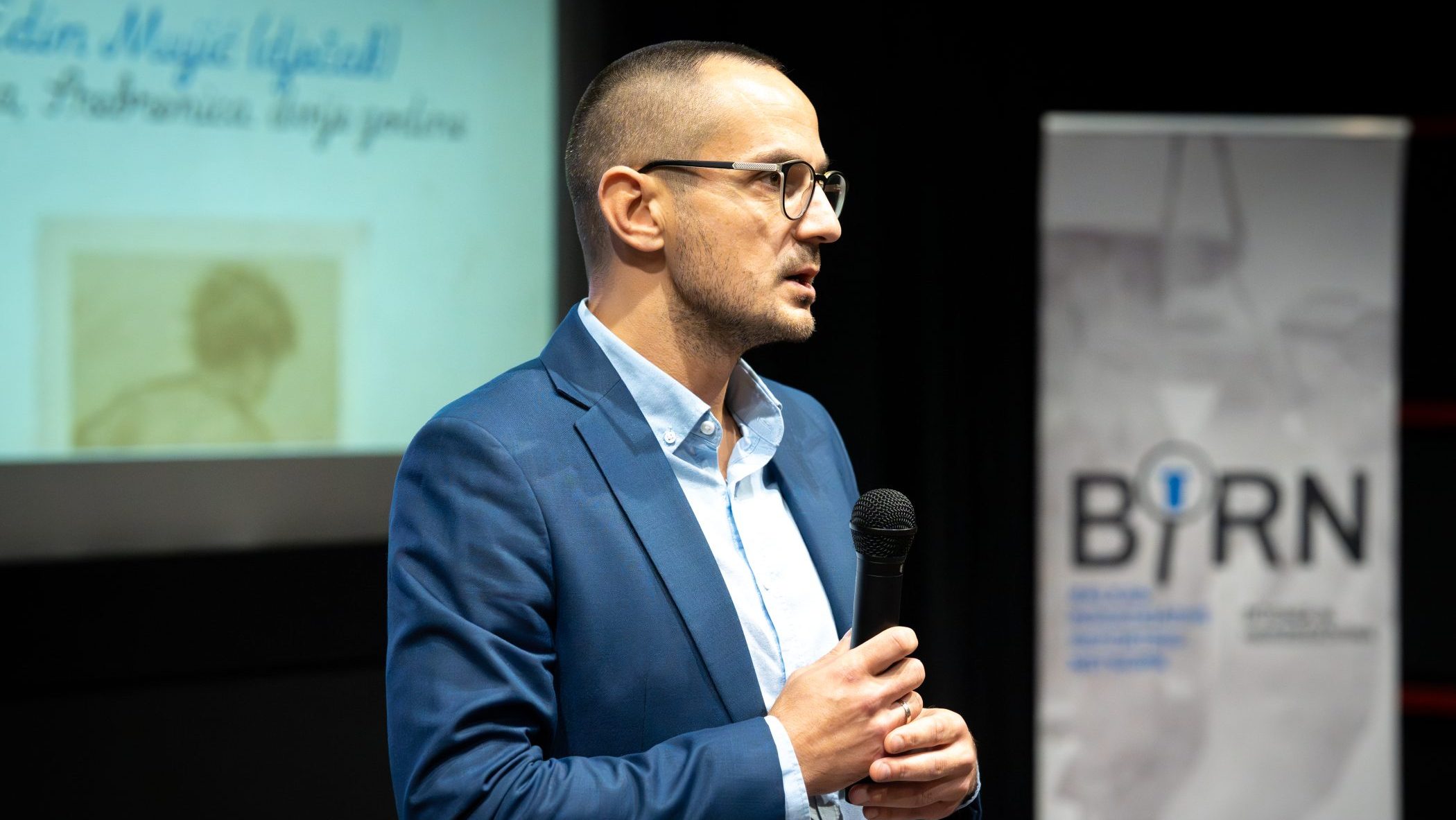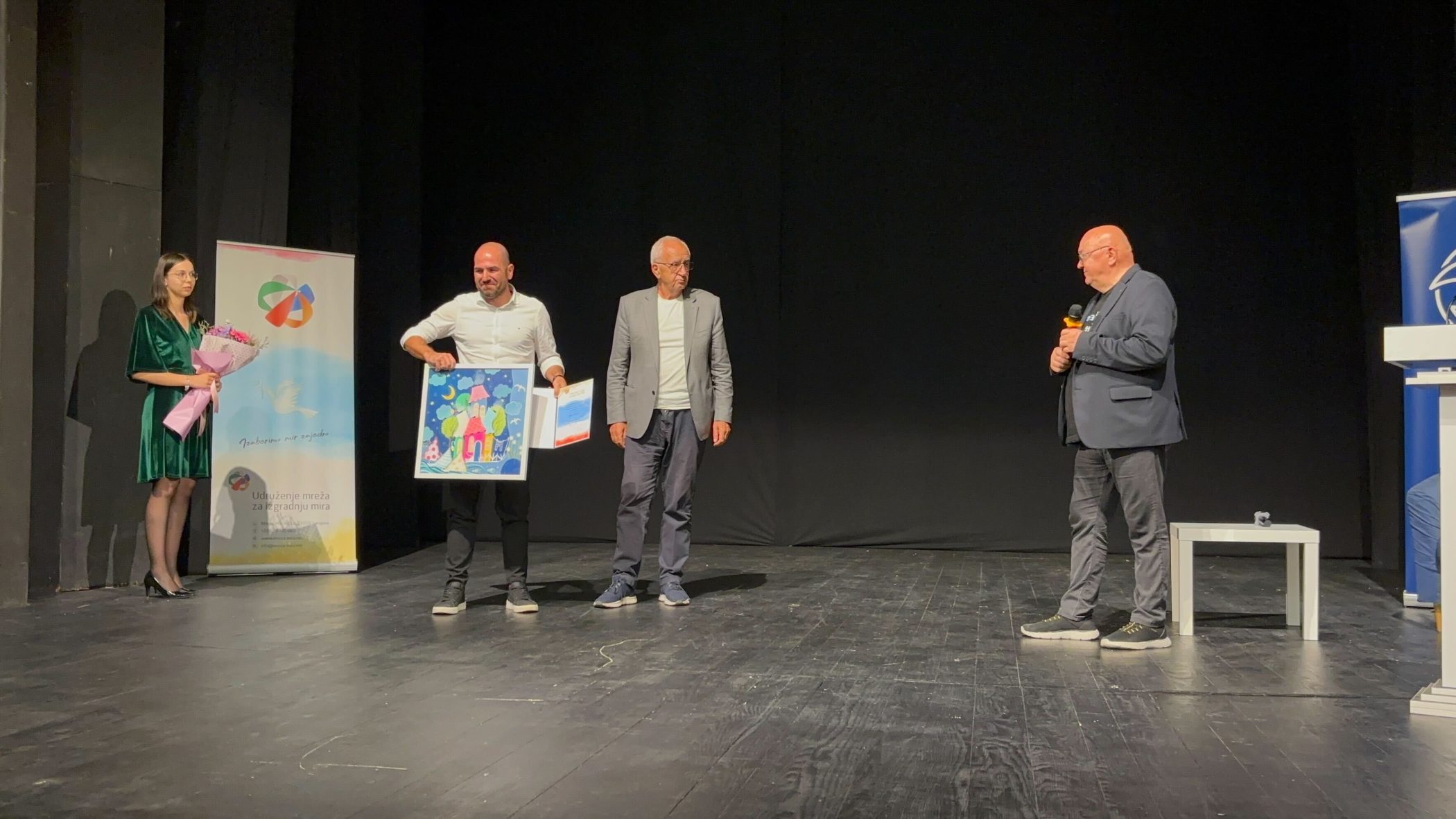This post is also available in: Bosnian
The Mothers of Srebrenica are demanding the right to remembrance and for the truth to be publicly displayed about the genocide committed against Bosniaks from Srebrenica in July 1995.
They also want to warn that future peace is impossible without collective recognition of the crimes committed during the war.
In a letter sent to Srebrenica mayor Milos Vucic, the Mothers of Srebrenica note that the Law on Missing Persons of Bosnia and Herzegovina stipulates that families of the missing or associations representing them may request the marking of burial and exhumation sites, regardless of the number of victims.
Sehida Abdurahmanovic, a member of the governing board of the Mothers of Srebrenica association, said that the submission of the request to mark the mass graves is important not only for surviving genocide victims, but also for future generations.
“Just so people know what happened, who it happened to and who did it, so it never happens to anyone again. This has been our mission since we started, since the end of the war,” Abdurahmanovic said.
Abdurahmanovic said that victims’ associations haven’t had any cooperation with the municipality of Srebrenica. She added that previous mayors have never even bothered to visit the Srebrenica Memorial Centre, where the victims are buried, or meet with the mothers.
“Without truth and justice, without the recognition of the genocide, there is no future together for future generations either,” Abdurahmanovic said.
Ramiza Gurdic, whose sons Mustafa and Mehrudin, as well as her husband Junuz, were killed in July 1995, said supports the move to mark the grave sites.
The remains of Gurdic’s loved ones were found in graves where the bodies of hundreds of Srebrenica genocide victims were discovered after the war.
She visited one of the graves in Zeleni Jadar for the first time in July last year with journalists from Detektor. Junuz’s almost complete body was exhumed from one of them in 2010; Gurdic said she “went all over Jadar, looked at the mass graves”, but found out that her husband had been killed in Kravica, over 20 kilometres away.
She said she needed to speak out about what happened.
“I always say that we have to speak, because silence is pain. I have never stayed silent, and I never will, because of my two sons, Mustafa and Mehrudin, and because of my husband, who was killed in Jadar,” she said.
She buried her husband’s remains at a collective funeral in 2009.
“I buried my son Mehrudin twice, but I did not bury his complete remains, as his head is still missing. All I can say is that his mother didn’t give birth to him without a head, when she gave birth to him, he was pretty as a doll,” she said in an interview with Detektor.
She expressed hope that the municipal authorities will grant permission to mark the mass grave.
“If they have the will and compassion for the mothers, they should approve it,” she said.
In late February, the Missing Persons Institute of Bosnia and Herzegovina issued the association with a certificate for marking mass graves, so a procedure for marking the Zeleni Jadar mass graves could be initiated in line with the Law on Missing Persons.
According to Detektor’s Database of Judicially Established Facts on the War in Bosnia and Herzegovina, which is based on an analysis of Hague Tribunal verdicts, the court determined that bodies of people killed in Kravica were buried in Glogova and Ravnice, at a site considered a primary grave. After that, the bodies were transferred from Glogova to secondary graves in Zeleni Jadar, Bljeceva, Budak and Zalazje.
The Law on Missing Persons, which has been in force for 20 years, envisages that mass graves can be marked. So far however, this has rarely happened because of various obstacles.
This is why BIRN Bosnia and Herzegovina wanted to document this process from the beginning in its Detektor TV magazine programme, and to remind war victims’ associations that it is possible.


